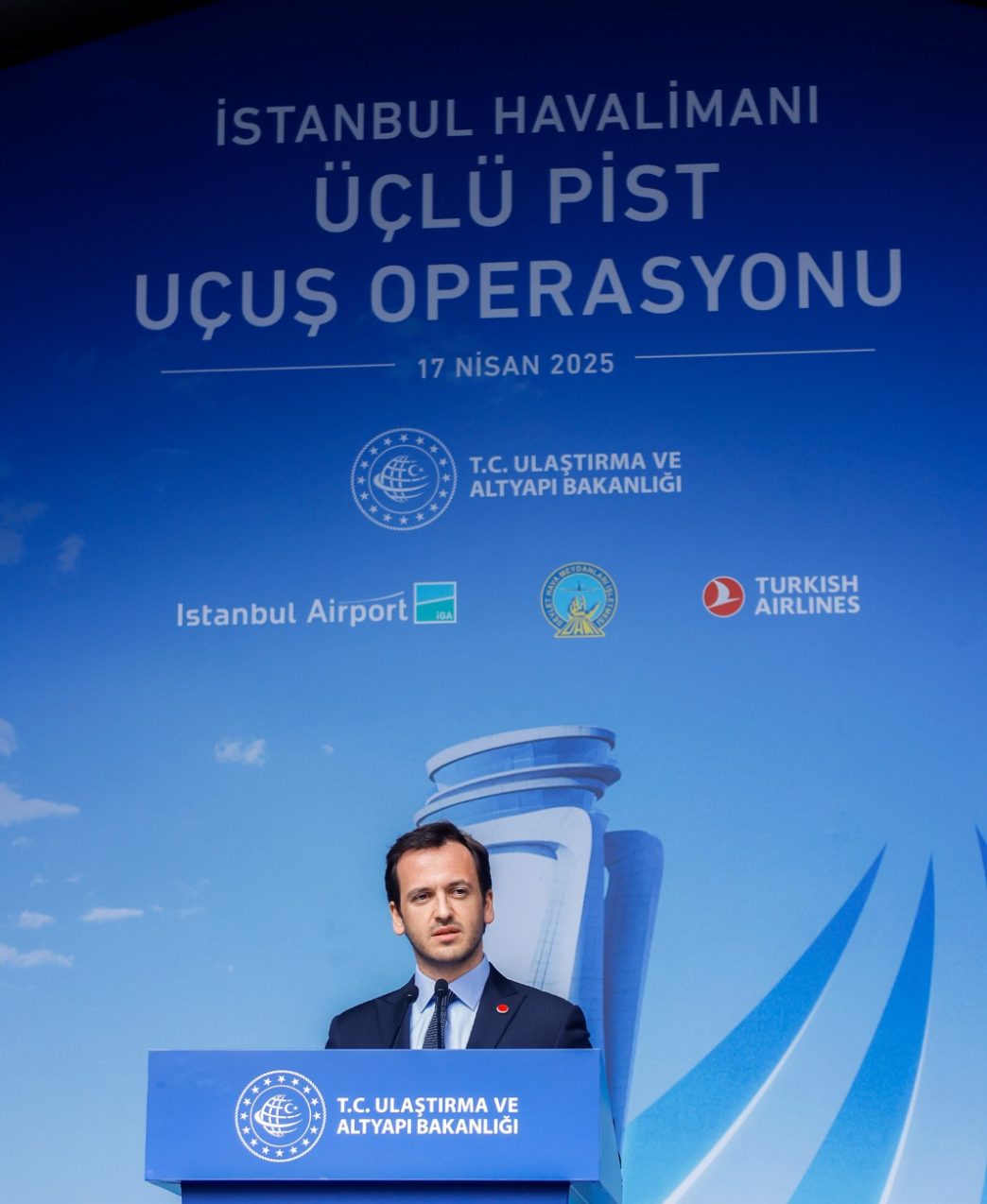iGA Istanbul Airport has made aviation history by launching Europe’s first-ever “Triple Runway Operations,” further cementing Türkiye’s role as a major intercontinental hub.
The milestone moment was officiated by Minister of Transport and Infrastructure Abdulkadir Uraloğlu, who issued the first command from the Air Traffic Control tower. This enabled the simultaneous takeoff of three Turkish Airlines flights—marking a significant leap in operational capacity and setting a new standard for global aviation.
Paving the Way to 200 Million Passengers
Commenting on the new capabilities, Mehmet Kalyoncu, Board Member of iGA Istanbul Airport said:
“I am proud to state that as of today we are officially launching triple independent runway operations at iGA Istanbul Airport, setting a precedent in Europe and once again elevating Türkiye to the top in the field of aviation. This is not only a technical achievement for us, but also a strategic milestone. We have taken a significant step toward our goal of becoming one of the leading centers equipped with advanced technologies in global aviation. Today, we are commissioning the triple independent runway operations, a key pillar of this ecosystem. With this system, we are increasing our hourly air traffic capacity from 120 to 148 aircraft movements. This means not only Istanbul, but also Europe’s airspace will become more efficient. Istanbul is no longer just a destination—it is now a global air transport hub.”







